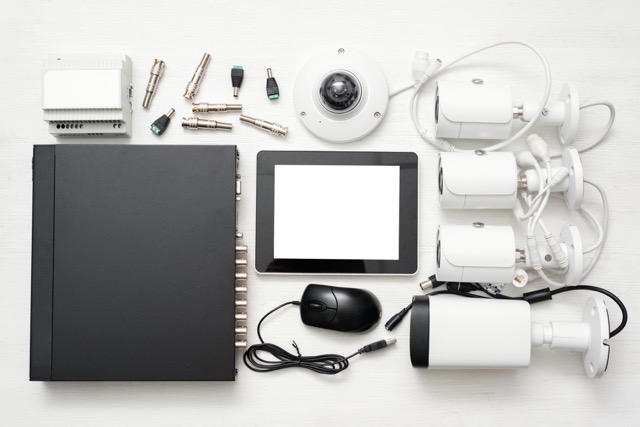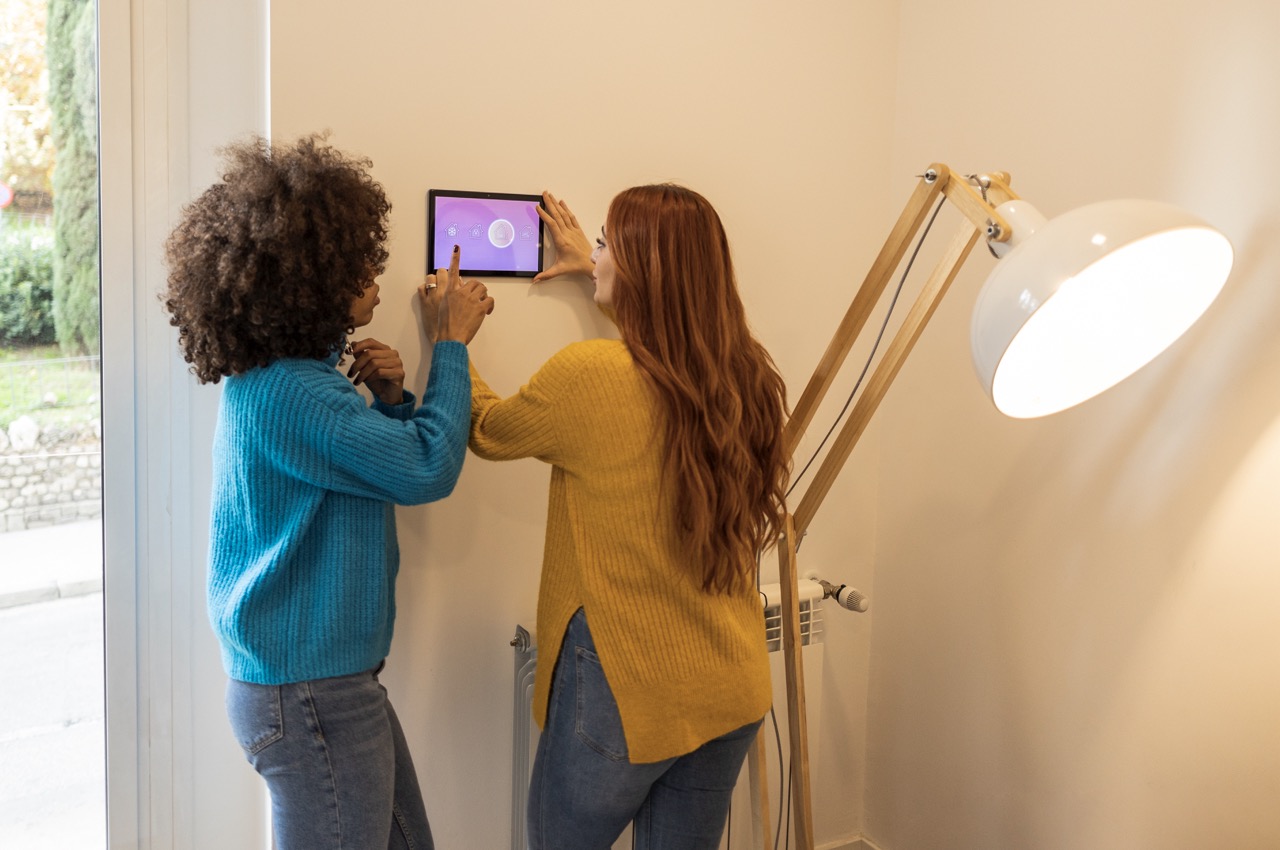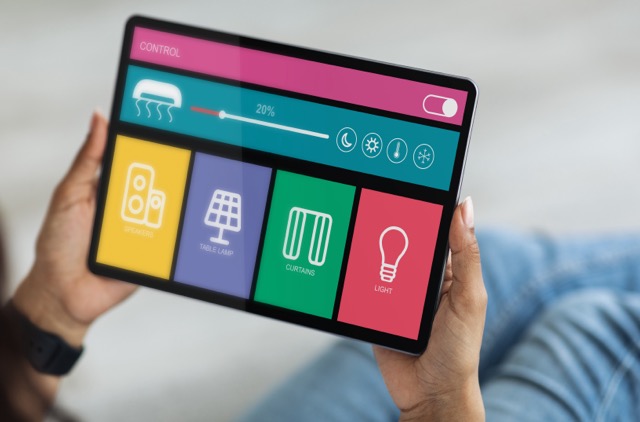In the era of smart homes and interconnected gadgets, the evolution of traditional projectors into their "smart" counterparts has sparked a lively debate on consumer value versus cost. Smart projectors, equipped with built-in operating systems, internet connectivity, and a plethora of other features, promise to revolutionize the way we think about presentations and home entertainment. But are they really worth the investment? This article delves into the details of smart projectors, evaluating their costs, benefits, and user experiences to help you make an informed decision.
Evaluating Smart Projectors: A Deep Dive
Smart projectors are not merely a step up from their traditional predecessors; they represent a leap into the future of multimedia display technology. These devices come embedded with advanced features such as Wi-Fi connectivity, direct streaming services, and sometimes even voice control capabilities, making them a versatile addition to both home and professional settings. Unlike traditional projectors, they can operate independently without the need for connecting to a computer or external media player. The appeal of having a theater-like experience from the comfort of one’s living room or delivering a wireless presentation is undeniably alluring. However, the sophistication of these features necessitates a deeper exploration into whether they justify the higher price point.
The Real Cost of Smart Projectors: Overview
Smart projectors typically come with a heftier price tag compared to traditional models. Prices can range from a few hundred to several thousand dollars, depending on the brand, resolution, brightness, and additional features. What contributes to this higher cost? Firstly, the hardware itself is more advanced, integrating processors capable of supporting an operating system and applications. Secondly, licensing fees for software and patented technologies add to the cost. Maintenance and potential subscription fees for premium streaming services also factor into the overall financial commitment. Potential buyers must consider not only the upfront cost but also the long-term investment in keeping the device updated and functional.
Key Features that Justify the Price Tag
The justification for splurging on a smart projector often lies in its key features. First and foremost is the convenience of built-in streaming apps like Netflix, Hulu, and YouTube, which eliminate the need for external streaming devices. Secondly, smart projectors often support full HD or 4K resolution, providing crisp, cinema-quality visuals that are a significant upgrade over standard projectors. Many models also include interactive and 3D capabilities, enhancing user engagement, particularly in educational or creative professional settings. The integration of smart home technology, such as compatibility with Alexa or Google Assistant, adds a layer of functionality that can be particularly appealing to tech-savvy users.
Comparing Traditional vs Smart Projectors
Traditional projectors are primarily designed for one function: projecting images or videos from an external source. They tend to be less expensive and are straightforward in their operation, which might appeal to users with basic needs or limited budgets. However, smart projectors offer a comprehensive array of features that go beyond simple projection. The ability to download apps directly to the projector, access content via the internet, and control various functions remotely are significant advantages. Moreover, the image quality and adjustment features of smart projectors often surpass those of traditional models, providing a better viewing experience.
User Experiences: Do They Recommend Buying?
Feedback from users who have invested in smart projectors tends to be quite positive, particularly from those who value convenience and modern technology. Many appreciate the ease with which they can access streaming content without additional devices and the simplicity of using mobile apps to control the projector. However, some users note that the high cost can be a barrier, especially if they are not frequent users of projector technology. There are also occasional reports of technical issues related to software reliability and compatibility, which could be frustrating for less tech-savvy users. Overall, satisfaction levels seem to correlate closely with individual user needs and expectations.
Final Verdict: Is the Investment Worth It?
Deciding whether to invest in a smart projector boils down to assessing personal or professional multimedia needs against the cost. For movie enthusiasts, tech aficionados, or professionals who frequently give multimedia presentations, the advanced features and convenience of smart projectors are likely worth the investment. However, for those who require a projector for occasional use or have more modest presentation needs, traditional projectors may offer a more cost-effective solution. Ultimately, the smart projector stands out as a forward-thinking device that aligns well with an increasingly digital and interconnected lifestyle, making it a compelling choice for those looking to embrace modern technology fully.
In conclusion, while smart projectors command a higher price, their value is evident in their extensive capabilities and the convenience they offer. They cater to a growing demand for integrated, high-performance multimedia devices in both home and professional environments. As technology continues to advance, the gap between "want" and "need" in relation to smart projectors will likely narrow, making them a sensible investment for many. Before making a purchase, consider your specific needs, usage frequency, and budget to determine if a smart projector is the right choice for you.










